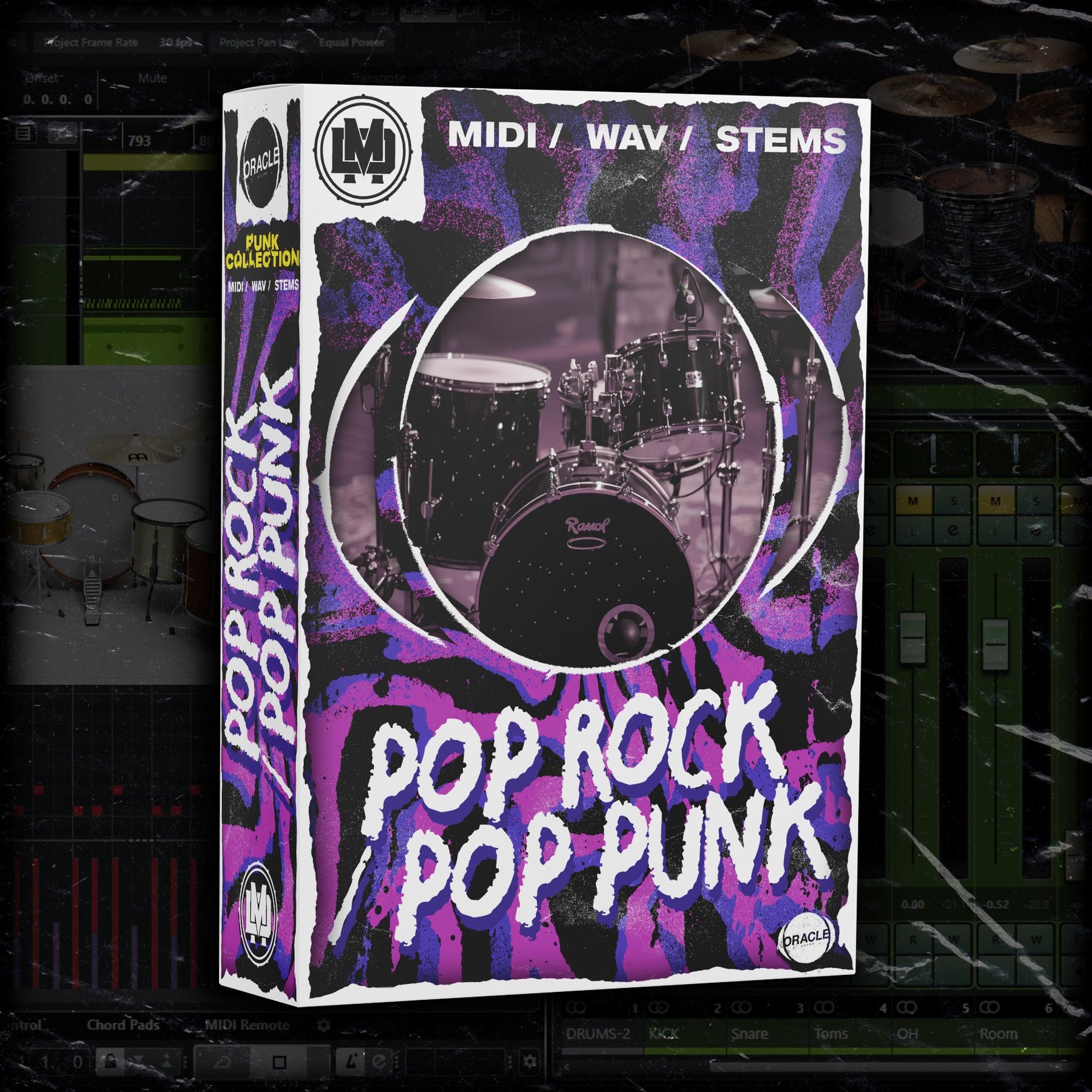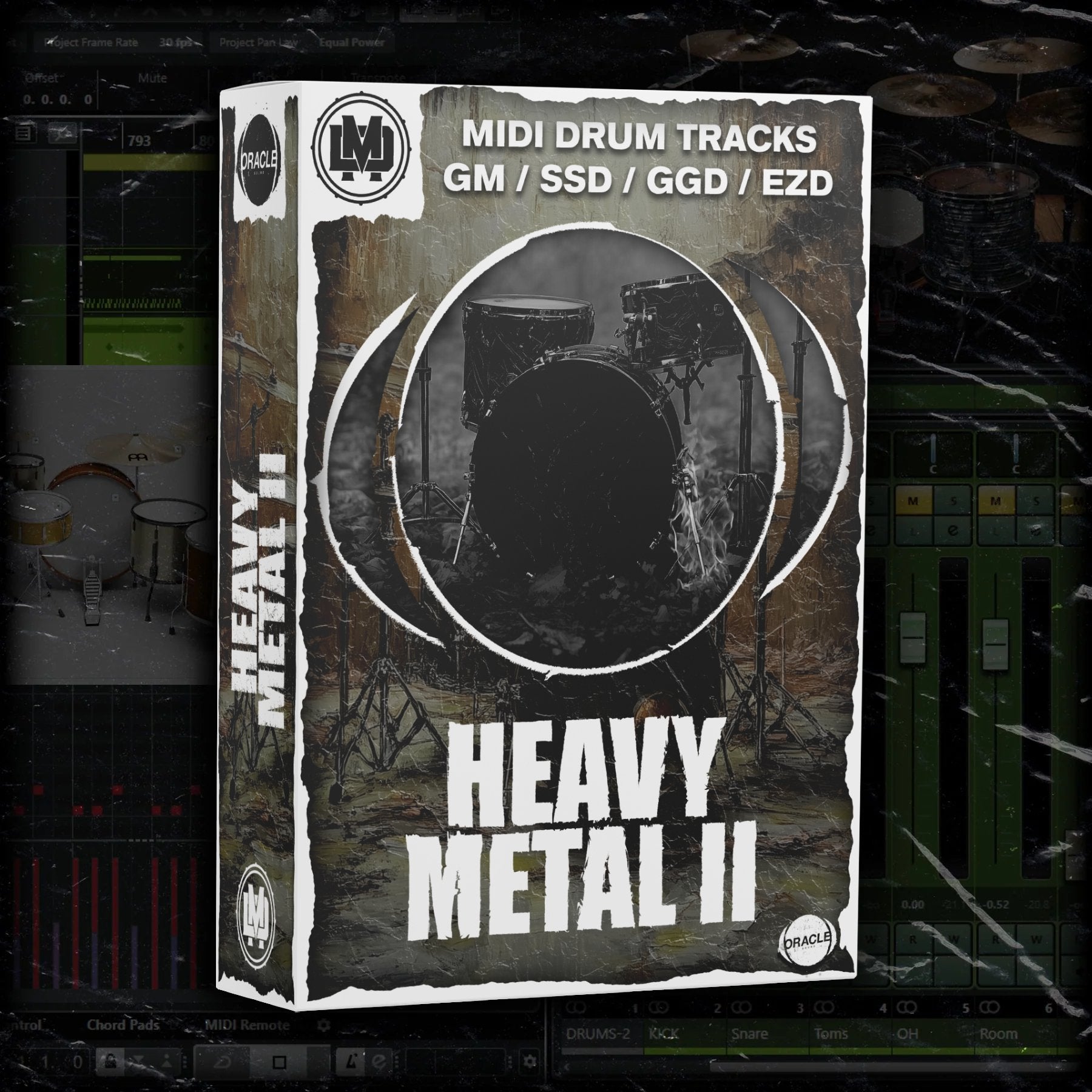10 Essential Tips for Crafting Perfect MIDI Drum Patterns
10 Essential Tips for Crafting Perfect MIDI Drum Patterns
Blog Article
MIDI drum designs have changed the world of audio generation, offering countless opportunities for creativity. Whether you're a veteran maker or someone just starting out, the versatility of MIDI lets you reimagine flow and percussion in revolutionary ways. Here are some innovative ways to utilize midi drum patterns to raise your audio projects.
1. Layering for Complex Rhythms
One of the simplest however most effective ways to make use of MIDI drum styles is adding them to create complicated textures. Combine different drum systems, such as for example audio drums with electronic packages, to include depth and character. For example, adding an 808 kick with a punchy audio end generates a bigger, more vibrant low end. Equally, mixing hi-hats from two unique designs can lead to delicate lines that hold your track fresh.

2. Transforming Patterns Into Melodic Elements
Why limit MIDI drum designs to percussion alone? Utilize them to produce melodic rhythms. By assigning drum patterns to melodic devices like synths or pianos, you can art special rhythmic melodies. For instance, road a snare structure to a bright synth station and coating it below your track to incorporate a rhythmic pulse. That unconventional usage of MIDI drum designs brings consistency and interest to your song.
3. Dynamic Automation for Humanized Beats
Robotic-sounding drums will often make tracks experience lifeless, but MIDI drum styles allow for active automation that provides an individual touch. By altering the speed, timing, or move, you are able to achieve more organic grooves. Somewhat shifting the timing of snares or various the effectiveness of kicks and hi-hats creates a live feel. This approach is useful in types like punk, R&N, or lo-fi wherever a natural groove is vital.
4. Experimenting with Unusual Time Signatures
MIDI drum habits ensure it is simple to opportunity in to less old-fashioned place with unusual time signatures like 5/4 or 7/8. Experimenting with these could set your paths apart from the typical 4/4 dance present in many music. Mix time trademark changes with innovative sample sequencing to surprise your listeners and hold your plans dynamic.

5. Using Pattern Randomization for Inspiration
Fighting writer's block? Sample randomization methods for sale in many MIDI editors may create unexpected drum sequences. These randomized patterns can ignite some ideas for entire paths or give a basis to create upon. Fine-tuning the weather of a randomized structure can cause acquiring truly unique rhythms.
MIDI drum designs tend to be more than simply themes for defeats; they are a playground for experimentation and creativity. Dare to go beyond traditional usage, and you'll discover new sizes in beat and sound that get your music to another location level. Report this page